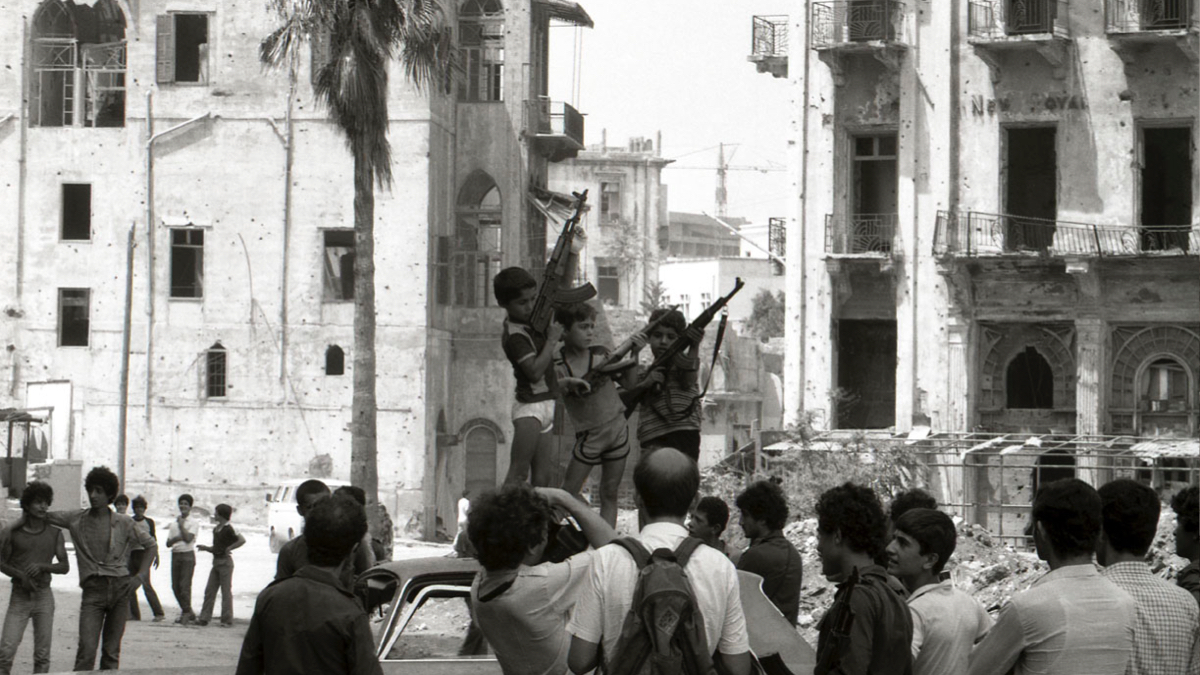
How Picasso's Guernica Painting Changed Our View On War

In 1937, Pablo Picasso, who was traditionally apolitical, started producing a work that would become a universal symbol of war’s atrocities. At this time, Franco and the Nazis are commencing their offensive attacks on Europe. A tense climate settles in and people start speculating about the start of a second war. Guernica is a monumental work of 4×8 meters, without colors, and full of symbols. Still today, it is recognized as a work belonging to the history of fascism in the 20th century. Artsper breaks down what makes the Guernica painting a timeless anti-war allegory.
“An offensive and defensive weapon against the enemy”

Picasso did not get the idea for this work on his own. Indeed, it is the Spanish Republican government, in the midst of a civil war against Franco’s Nationalists, who commissioned it. It had for objective to denounce the consequences of fascism, and to be exhibited in the Spanish pavilion at the World Exhibition of 1937. For months, Picasso did not find any interest in the commission. He was somewhat detached from the political situation of his native country. Instead, he strolled around in Parisian cafés and spent time with his different mistresses.
However, on April 26th 1937, the small town of Guernica was cruelly bombed by the Nazis at the request of General Francisco Franco. The attack was completely unjustified and only constituted a means for the Nazis to practice their Blitzkrieg offensive. The attack on Guernica was calculated to reach the largest amount of civilians while destroying the town. After the bombing, Picasso found his indignation and his inspiration again. 35 days later, Guernica was ready to be exhibited. Picasso then described the work as “an offensive and defensive weapon against the enemy“.
A universal scene

During its exhibition, Guernica was not an instant success. It is an abstract work, in black and white, with no reference to Guernica or to fascism in particular. Because of this indifference, the work was sent on a tour around America and France in order to sensitize people to the dangers of fascism. Once again, the public was mostly indifferent. Only later did the meaning of the painting become clearer. It was not really meant to inform the world of the events in Guernica or even in Spain at the time. It was produced as an allegory of violence.
Guernica is composed of all sorts of figures and creatures superposed. Women cry their deceased children in their arms, and others implore the sky. This chaotic scene shows the magnitude of the war. Indeed, it is not only between soldiers or governments, but it affects the rest of the population just as much. The bombing of the town of Guernica shows just that, since the aim of the bombing was to destroy an innocent population in an arbitrary manner.
A closer look at Guernica

The Guernica painting makes even more sense when one takes a closer look at it. First of all, the painting testifies to the speed at which Picasso produced it. Indeed, he (perhaps intentionally) left a few imperfections–drops of paint that make the message of the scene seem even more urgent. Picasso was already used to representing despair and pain through his portraits of crying women, for instance. We find in Guernica‘s figures the same deformed face and tear-shaped eyes.
Additionally, we notice many references from the history of art. The figure on the right of the painting with the arms to the sky reminds us of the martyr in Francisco de Goya‘s Tres de Mayo en Madrid (1814). At the top of the scene, we notice a shape looking like an eye, with a lightbulb inside. Is it the eye of God observing the scene? Or maybe it is a critique of 20th-century technology which only worsened conflicts at the time? In any case, Picasso leaves us with a few details to decipher, even in a scene full of chaos.
The timelessness of the Guernica painting

Nowadays, Guernica is considered a part of history. Its lack of color reinforces its function as a documentary. Like a photograph that would show a historical event as crudely and objectively as possible. Guernica remains relevant today, even many years after the end of the Spanish civil war and the Second World War.
It was used in many other conflicts, as a reminder that such suffering against innocents should never be justified. The animalistic character of the scene and its figures also remind us that war is, above all, a dehumanization.
To conclude, Guernica is an allegorical painting, a symbol to keep in mind during every conflict. The message of the work goes further than just the bombing of the town of Guernica. It is a message about war and violence in general. Often considered a symbol of universal suffering, Picasso’s Guernica painting shows that even if we are apolitical, everyone has a duty to protest against violence.

About Artsper
Founded in 2013, Artsper is an online marketplace for contemporary art. Partnering with 1,800 professional art galleries around the world, it makes discovering and acquiring art accessible to all.
Learn more













